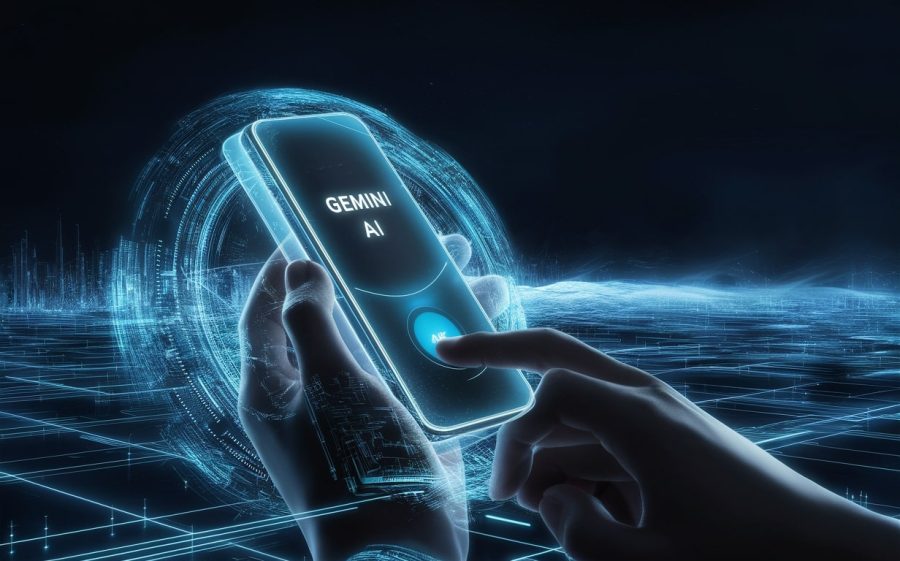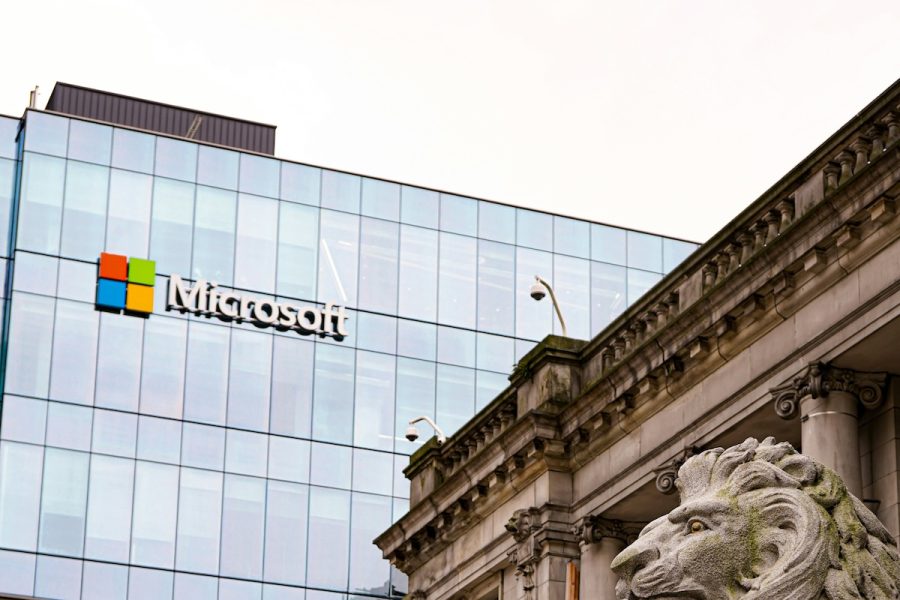We’re starting another day at IBM Pulse and today the discussion moves to how smart technologies are getting integrated into business and the world of smarter cities. We’ll look at this by exploring the meaning as it relates to virtualization and cloud computing.

We will look at how these businesses are changing its systems to adjust as infrastructure gets older. How does that relate to the cloud?
Let’s get started.
8:22 a.m.:Companies now face data, connection and challenges in complexity. About 15 petabytes of new information is being generated every day. The connectivity is through a systems of systems.
The city of Cambridge in Cambridge,Canada looked to make all of its infrastructure connected by integrating all of its roads and other physical points.
8:27 a.m.:Is security keeping pace with the data influx and connected systems? Discussing Wikileaks and what it represents in terms of internal security. And then there is Stuxnet. The Stuxnet malware gives insights into how complex things can be and how long it can be on a system. NASDAQ OMX was a virus that gained access to NASDAQ management infrastructure. Mobile and cloud are the big topics today. We are seeing the consumerization of security.
8:41 a.m.: Security is becoming more about management. Automation provides the capability to manage the hundreds of thousands of end points.
8:58 a.m.:We’re hearing from Washington, D.C.’s general manager for DC Water, who is cracking up the crowd. He is an incredibly passionate guy, a great advocate for cities everywhere to change their infrastructure.
9:02 a.m.:ING executive is developing a platform-as-a-service with the ambition to deliver IT as a service. On the people side, there are training programs that are mandatory to do.Training covers virtualization and cloud computing. It’s a whole process integration.
9:06 a.m.: One thing we see at IM Pulse is this whole concept of patterns. In smarter cities, the data from people’s homes tells city managers that there are problems that are coming up again and again. Those problems could not be seen before. With the data being analyzed, problems can be solved that need solving. The city managers become service providers.
9:15 a.m.: Jamie Thomas of IBMis on stage. Here come the demos! Finally!
9:17 a.m.: The airport is a complex place. It’s a system of systems. Wing To of IBM is doing a demo to show how integrated service management is managed in a cloud environment. Bowman Hall of IBM, Jim Fletcher and Robert Uthe are coming up to do the demo.
The demo shows that before the integration, it was a fragmented network of systems. Today, the airport is managed through a control panel that shows the runways, operations, passenger and associated issues related to each.
The demo shows how an existing IT infrastructure can be provisioned to create a new service that is cloud-based. These applications can be deployed immediately as mobile apps. The infrastructure can be managed in real-time. Power consumption, for instance, can be managed through the control panel. A heat map can show the data center and what needs cooling.
9:26 a.m.: The demo is showing what happens at an airport during a snowstorm and how issues can be predicted to act faster. With cloud computing, the airport can dynamically scale and respond to the problem. The system starts to automatically re-allocate services. You can see the passenger problems and the capacity that is needed. Work loads can be moved to different servers. The application, in the process, gets supported.
9:31 a.m.: Analytics can tell a story that extracts patterns. For example, the demo shows memory usage is high. They can also show there has been an update to the application. The correlation shows that the app needs to be reverted to a prior version so there is no issues for the user. Great demo!
9:34 a.m.: You can see the virtual server backup and restore capabilities in the control panel. Files are restored as they are requested. They are showing an attempted security breach by adding malicious code to the passenger portal. The attacks are immediately detected. The control panel gives a profile and removes the hacker form the wifi network.
9:38 a.m.: Control panel shows a map with the snow plows and other vehicles on the runways. This data can be used to better show how to respond to the storm.
9:39 a.m.: The airport is a complex operation with thousands of moving parts so to speak. The virtualization of a data center provides power but there is an abstraction on the storage.
9:42 a.m.: Tivoli is announcing a new virtualization management strategy. Tivoliis announcing a cloud management system for companies wishing to connect data centers to the cloud. Images can be moved to the cloud. Storage is becoming a service. But what about security? In the context of the airport, the system allows for the management of thousands of devices, all connected within the network where all the assets can be seen. The airport facilities and the data centers are interconnected. This means that the luggage trucks and all the other assets can be seen.
9:50 a.m. Tivoii is also announcing Service Management Connect, a community network.
9:52 a.m: IBM provides the back end system for GoGo, the inflight Wi-Fi network. Love that service.
10:01a.m.: Finishing up the morning keynote.We’ll be back in a bit.
12:51 p.m.: Listening to Tom Cross, a threat intelligence manager for IBM. The topic is mobile security. Vulnerabilities that are reported have gone way up this year. These vulnerabilities also affect desktop environments. Exploits of these vulnerabilities are way up, too. A number of exploits are due to the users interest in jail breaking their device. Those jailbreaks can be used to create new exploits. That’s a trend.
1 p.m.: A few points:
- Vulnerabilities and attacks exist but exploitation is not prevalent.
- IT sees the threat as the data that can be stored on the device.
- Security concerns are also about the devices and how people use them for personal purposes.
- Enterprises have to set policies for how data is managed on the tablet or the smartphone.
1:08 p.m.: 5 Tips for Enterprise Smartphone Management
- Contain smartphone VPN access
- Control the installation of third party applications
- Establish a password lock policy
- Establish procedures for employees to follow in case of lost or stolen phone.
- Evaluate the smartphone for anti-virus solutions.
1:29 p.m. IBM executives now here to discuss cloud computing. Ric Telford of IBM says the cloud is what you need for the industrialization of IT. For years, IT has been a craft. But that does not scale. Very simple analogies for cloud. They keep trying to compare it to the move to bank ATMs and other examples. What has really changed? The network is getting flat. We’re not hearing that here. Telford takes more of a business approach, saying the clouds of the future will be industry specific.
1:40 p.m.: Dennis Quan of IBM is discussing Tivoli Manager product for creating automated workflows. It is designed to work on multiple hypervisors, including Xen, KVM and VMware.
1:40 p.m. Announcing Tivoli Storage Manager for virtual environments. It is for making it possible to do backups on virtual machines.
2:01 p.m.: Lockheed Martin’s Melvin Greer is talking about the context for cloud computing. He is pointing to the U.S. federal budget deficit which is now about $1.6 trillion. Considering that, cloud computing is considered appealing. Geer says IT is not going away. He sees federal government taking a hybrid approach.
But the impediments to cloud computing are considerable. Security and privacy are considerable concerns. What data can be shared? What data can be used? Lockheed Martin sees innovation as a key driver in cloud computing for:
- Biologically inspired engineering
- Ecology and conversation
- Genomics/biotech
- Advanced game theory
- Sciences
Disclosure: IBM graciously covered travel expenses in order for me to attend this event.










